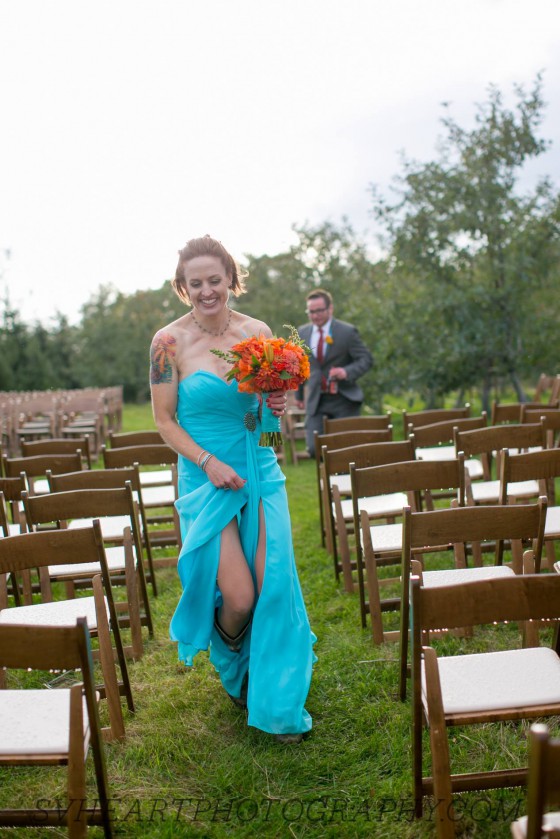Warning of sorts: This tale includes a lot of details, many of which may strike the reader as boring and unnecessary. I intentionally left them for a few reasons. If my story resonates with that of others and so helps to increase a sense of connection and empathy while decreasing isolation, the extra detail is worth it. At least in my experience, throughout the pregnancy and birth journey too often people neither invite birthing parents* to share their experiences nor demonstrate a willingness to simply listen and witness those stories with compassionate understanding--to hold space for whatever a parent wants to express. Instead of being asked what is happening, too often we are told what we should be doing and how we should be doing it. Assumptions, generalizations, and rapidly drawn conclusions also abound, none of which helps us to feel supported and validated through what is, for many, a challenging process. Moreover, once the baby is born, many people are quick to say, "That was rough, but now you have this beautiful baby! Be grateful! What's wrong with you for not feeling only joy!?" If nothing else, I hope this post can reinforce what I know to be true: suppressing part of our experience so that others can feel comfortable or so we can avoid the difficult chapters of the story does not helps us to heal and learn from suffering. And suffering can be an amazing teacher when we allow it to serve that role. Human beings have the capacity to feel a panoply of emotions all at once and, as poet Danna Faulds instructs, "The only safety lies in letting it all in–the wild and the weak; fear, fantasies, failures and success." I'm not sure where to start this story but acknowledging how much effort it took to bring our child into the world, well before her birth, seems too important to leave out. By no stretch of the imagination was she accidental. We needed some extra help to conceive this kiddo. L'il miss emerged from our sixth and final intrauterine insemination (IUI) at a fertility clinic, and two of those IUIs ended in miscarriages. When I found out I was pregnant for a third time, I waited with bated breath for the other shoe to drop. But the weeks kept passing, and the milestones kept piling up--hearing the baby's heartbeat for the first time, completing the first trimester, seeing those tiny legs kick at the 20-week ultrasound. I soon could not deny that this new life just might make it into the world. I'm not sure I took a full breath, however, until we arrived at the third trimester, and I knew our child would likely survive a premature birth.

Around that time, we moved across the country, and I transferred care from an OB/GYN to that of a registered midwife. I dreamed of birthing the baby in the low-stress environment of my own home, surrounded by my loving partner and supportive midwives who view childbirth as a rite of passage, not a medical event, and the birthing parent as a wise collaborator, not a patient who needs to be compliant to be "good." We began to prepare our house for the big day, and I planned for a natural birth the best I could by doing things like participating in a Birthing from Within class and yoga birth workshop. The birthing class, particularly, helped me to identify and confront my fears about the birth process as well as move toward acceptance that our best laid plans rarely turn out as expected. One particularly poignant memory I have from the class is the facilitator splashing black paint on the art projects we were in the process of creating. Our response to this action highlighted how attached we were to a particular outcome and presented an opportunity to be more flexible in our thinking and actions--to accept and surrender to situations beyond our control. She also introduced us to the useful metaphor of the labyrinth. As the Birthing from Within founder explains it,
The labyrinth is an ancient symbol representing our journey through life, ordeals, and transitions. Its single, convoluted pathway begins at the opening, leads directly to the center, and then returns along the same path to the outside again. Walking or finger-tracing a labyrinth invokes a sensation of turning inward, then outward...you could be blindfolded and still reach the center by feeling your way through the path. You don't need to study the path before you enter it. You don't need a birth plan or a cell phone to call for help! There is no time-line and no mistakes. Any and every birth fits within the labyrinth--whether long or short, medical or natural, cesarean or vaginal--or anywhere in between!...In the Labyrinth of Birth, the journey (with its twists and turns) reflects the emotional, spiritual, and social experience of giving birth.
Time seemed to simultaneously slow down and accelerate as my due date, November 11, came and went. Knowing that most first-time parents go over their "estimated due date," I tried to relax and enjoy the time off, as I had just begun maternity leave. I also began following the various counsel I sought out and received about triggering labor, such as going for a strenuous hike.

As 41 weeks approached, I went in for an ultrasound to make sure everything was still functioning well. Turns out my placenta and umbilical cord were still rocking and rolling, and the baby was not in distress. So we marched past the 41st week mark. I went to an acupuncturist for an induction session and my midwife for a membrane sweep (fun, fun!). I had received lots of signals from my body that things were moving in the childbirthing direction, but this visit to the midwife dashed my hopes. The unsuccessful membrane sweep revealed that I looked more like I was 39 weeks pregnant, not 41 weeks and a day.

I began to face the reality that a hospital induction may be necessary, as the medical community and my midwife did not support me going beyond 42 weeks given the potential harm to the baby in that scenario. Of course I did not want to put the baby at risk either and was not exactly feeling stellar--physically or emotionally--by that point (and I won't go into detail about hemorrhoids, but they were definitely and acutely on board as 42 weeks approached). Still, a hospital induction meant throwing out my birth plan and possibly facing the thing I feared most--a pitocin induction that significantly increased the likelihood of needing an epidural and, ultimately, a cesarean section. Starting to feel some desperation, I went to a chiropractor on week 41 day 2 and got adjusted, hoping a more relaxed and aligned pelvis would do the trick.

Within 36 hours of those three interventions, I began to have more consistent, intense contractions throughout the night that arrived every 5 to 8 minutes. I called my parents the morning of 41 weeks and 3 days and asked them to pick up our 11-month-old dog whose presence at the birth would have been a bit too much for everyone, including her.
That evening, I went to my midwife's partner (my midwife had left town for Thanksgiving--another twist in the labyrinth) for a craniosacral session, hoping it would relax my body enough to bring on active labor. But the contractions had already begun to slow down. I was able to get a good night's sleep and relished the rest but once again felt the disappointment of getting my hopes up about an eminent birth. I discovered the term prodromal labor on the Internet and hoped all this preparatory work would mean a faster delivery once I transitioned into active labor. I was in the thick of the labyrinth, feeling the jolt that comes from moving inward toward the center (i.e. childbirth) and then suddenly finding myself at the outward edge again.
At 41 weeks and 5 days, after another night of rough contractions and very little sleep, I went to town on induction strategies, which helped to lift my spirits as only frenetic activity can sometimes do. I returned to the chiropractor and acupuncturist. I also got a non-stress test and was happy to find out the baby was still chilling in my womb. My new midwife gave me another membrane sweep, this time successfully, and reported I was about 2 cm dilated and 50% effaced, which was a bit hard to hear given how exhausted I felt but at least showed some progress. That night, the contractions grew even more intense, to the point that I was on all fours through each one, praying that this not go on another day. But they remained inconsistent, refusing to show the patterned frequency that marks active labor.
At 41 weeks and 6 days, I went back to the acupuncturist for the third and final induction session. I also procured Chinese induction herbs and a homeopathic remedy. I crossed my fingers that these efforts would finally bring about active labor and, more importantly, my daughter. The midwife came over to our house that night to give me a pep talk when the thought of facing another night of frequent, painful contractions seemed overwhelming, particularly since my body had started shaking like a leaf that afternoon. Another craniosacral session calmed me down enough to face the night but active labor did not come.
However, the morning of 42 weeks and 0 days, I felt a surge of energy, recognizing this day was my final chance to have the baby at home. I used a breast pump to try to stimulate active labor and kept drinking my Chinese brew, plugging my nose to get the strong-smelling liquid down the hatch. My partner and I also went to a sports field where I carried my very pregnant belly up and down the bleachers, hoping the stairs would jostle that baby closer to the womb's exit. I had been resisting castor oil as the final non-medical induction strategy because I have a very sensitive system but decided at 11 a.m. that the possibility of avoiding a medical birth still outweighed the potential costs of taking this powerful laxative. I only consumed a tablespoon of that disgusting substance and, 30 minutes later, threw up everything in my system. Utterly deflated, I called the midwife, and she planned to come over for one final prenatal exam before we headed to the hospital. No sooner had I gotten off the phone, I had to run to the bathroom and, lo and behold, active labor commenced! I felt a wave of excitement, believing this was finally the transition I needed to stay at home and finish what I had set out to do. But after an hour, the contractions slowed down and became shorter, once again revealing a false start.
We headed to a hospital that uses nurse midwives that evening. They welcomed me with open arms, and I will forever be indebted to the wonderful staff at Denver Health Medical Center. After checking in, I learned that I could take morphine, which would not harm the baby but would block out the contractions enough for me to get a good night's rest after five days of on and off again labor. Then, the next morning, which happened to be Thanksgiving, I could take cytotek, a much friendlier induction medicine than pitocin. I felt confident I could face active labor after some solid hours of shut eye. As my partner and I joked, I had trained for a marathon, not the Ironman, but I definitely felt like I was in the middle of the latter.
I fell into a deep, dreamy sleep for approximately two hours before the intense contractions started up again. Unfortunately, I had three of them within ten minutes, which took cytotek off the table, as the nurse midwife could not control what happened in my body once I ingested it and did not want to put the baby in danger. Although I had moments that looked like active labor, the contractions were still too variable, and my cervix was opening at a snail's pace. Pitocin was fast becoming the only option to induce active labor, and despair began to sink its teeth into my worn out skin.
Early the morning of week 42 day 1, the nurse midwife messed with my cervix, opening it up a little more and creating a bit of a scare as I dripped blood while walking to the bathroom. The nurse/midwife team put me in the tub to try to help me relax, as my body was shaking nonstop and my energy to move through more contractions was rapidly declining. A new set of nurses and nurse midwives started their shifts, and I reluctantly left the tub to see what my body would do next. I had dilated to 4 cm and was 80% effaced, which was progress to be sure but the road ahead still seemed awfully long. All hands were on deck to help me through each contraction, which continued to be inconsistently spaced apart. I went back into the tub and had some moments of zenned out bliss before we proceeded to the last non-pharmaceutical possibility--inducing active labor via the breast pump. As I watched my body create a bunch of colostrum (something that was actually going right!), my intuition screamed to me that this intervention was not going to do the trick and that I was fast reaching my system's limit to cope with more contractions.
Through tears, I asked if I could get an epidural before pitocin, and the nurse midwife said I could. They warned me that I would have to sit still through contractions for 20 minutes while they set up the epidural, but I found the procedure to be a piece of cake compared to the last 6 days. The relief from the nerve block was immediate, and I finally started to breathe deeply and stop shaking. They waited a little while to see if I would go into active labor. Surprise, surprise, I did not. The long dreaded moment had arrived, and they very slowly and gradually introduced pitocin into my body. All was going well until the pitocin hit 8 ml (22 is the maximum amount they use to induce labor). My water broke, and the poor little baby was hit with both the synthetic oxytocin of the pitocin and the natural oxytocin created by my body. Her heart rate plummeted for several minutes, so they stopped the pitocin and calmly repositioned me until her heart rate became normal again. The nurse midwife proposed starting pitocin again at 4 ml, and I agreed, not realizing how significant the baby's distress had been.
Immediately after they began the 4 ml drip, the baby's heart rate dipped again as my uterus began contracting like crazy. They injected me with something to calm my uterus, stopped the pitocin, and positioned my nearly immobilized lower body in a kneeling position to shove a censor through my cervix and onto the baby's head. Her heart rate sounded like a door knock through this device, and I took solace in the steady, patterned sound. The contractions were starting to break through the epidural, so the anesthesiologist reappeared to administer a bolus of what by then had become known to me as "the good stuff." The nurse midwife wanted to try one last option before turning me over to the surgery team: start the pitocin at 1 ml and see if we could get my cervix to dilate fully. I had been at 6 cm for a few hours at that point but also had been in active labor.
In the meantime, she wanted me to meet with the chief OB and ask her any questions I had about a cesarean birth in the event I needed to go that route. The surgeon was a lovely human being and with every passing minute I surrendered to the outcome I had once dreaded. I clarified to my midwife/nurse team that I was not resisting letting go of my birth plan. Hell, I'd thrown that out the window long ago. I mostly feared the baby would experience trauma on account of the surgery and miss out on what I have come to believe is an important event in a person's life whenever it's possible--pushing their way into the world. My lovely midwife told me we could repair the traumatic effects of a c-section soon after her birth, and I breathed a sigh of relief. Then the resident who would be assisting the c-section entered the room. She wanted me to know who was behind the mask once I was in the OR. The anesthesiologist also returned once more to explain to me how he would numb my body for the procedure while I remained conscious. I did my best to utter my sincere gratitude to all of the people who were doing their best to make this experience bearable for me. I also made some requests, including to hold the baby right after the procedure if I could, as the pitocin drip began once again.
We made it to 2 ml of pitocin before the baby's heart rate decelerated yet again. The nurse-midwife said we could try to go up to 3 ml, and I said enough. A new shift of nurse midwives and nurses came on board (round 3!), and everyone began prepping for the surgery. I had been dilated at 6 cm for 6 hours when my parents came in from the waiting room for the grand send-off. My midwife was not allowed to accompany me into surgery, but my partner was. They transferred me to a gurney and told me my partner would join me after they had anesthetized me.
They transferred me once again from a gurney to the operating table, this time removing the sheet from my naked body under some very bright lights. All that covered me were the various tubes and needles protruding from my skin. As the numbing medicine rolled down my back like a waterfall, the staff around me spoke of everyday things like their work schedules. I have never felt so exposed and vulnerable and hope I never have to again. The nurse midwife noticed tears running down my cheeks and grabbed my hand. Soon after my partner arrived and whispered to me how sorry he was as he stroked and kissed my forehead. That moment of grace still brings tears to my eyes.

Being awake while someone opens you up is a strange sensation, to say the least. The surgical staff spoke to me about what they were doing and within just a few minutes, they had pulled the baby from my body. They told my partner he could look over the sheet if he wouldn't pass out but absolutely would not let me see what was going on. They were surprised how in shock the baby was, given how long I had been in labor, and immediately needed to give her oxygen. They took her to the far end of the room, and my partner was allowed to go over and be with her. Though only a few minutes passed in real time, an agonizing eternity took over my landscape. When I heard her cry, I finally took a deep breath and the tears began to flow again, this time streaming a mixture of joy and relief. The surgeon told me she wanted to take the baby to the NICU to give her more oxygen and monitor her for a short time, but I was able to look at this miracle, welcome her to the world, and touch and kiss her cheek before she and my partner left the room again.
After suturing me up--it's also an odd thing to hear someone say, "Now we're putting the uterus back in your body"--the surgical team released me to a recovery room, where I was reunited with my partner and the newly coined Reese Mae. By then, her respiratory system was fully on line, and she has been thriving ever since. Reese was born at 10:26 p.m. on Thanksgiving Day 2015, weighing 7 lbs 10 oz and measuring 21 inches. Words cannot capture the experience of finally getting to meet her, but poetry comes closest as I do the work of moving from the center of the labyrinth back out again. So I leave you with Mary Oliver's "Messenger":

My work is loving the world. Here the sunflowers, there the hummingbird— equal seekers of sweetness. Here the quickening yeast; there the blue plums. Here the clam deep in the speckled sand.
Are my boots old? Is my coat torn? Am I no longer young, and still not half-perfect? Let me keep my mind on what matters, which is my work,
which is mostly standing still and learning to be astonished. The phoebe, the delphinium. The sheep in the pasture, and the pasture. Which is mostly rejoicing, since all the ingredients are here,
which is gratitude, to be given a mind and a heart and these body-clothes, a mouth with which to give shouts of joy to the moth and the wren, to the sleepy dug-up clam, telling them all, over and over, how it is that we live forever.
* I intentionally use "birthing parents" rather than "mothers" to honor that individuals with diverse gender identities and expressions birth children and may not identify as a woman or mother. See this blog post for a more in-depth inquiry into this topic.
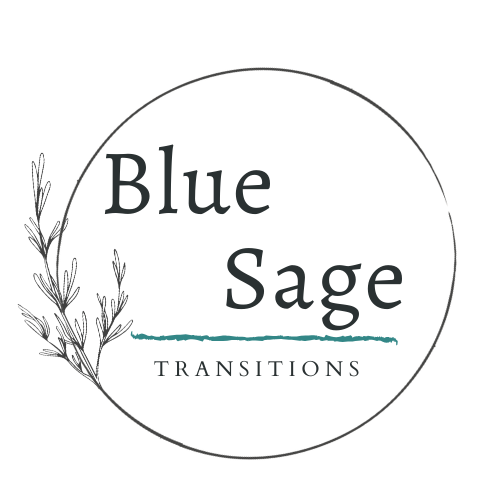
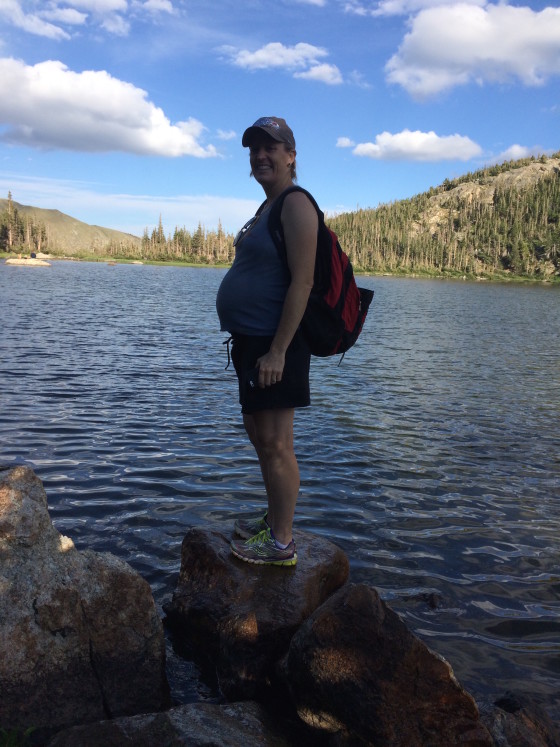
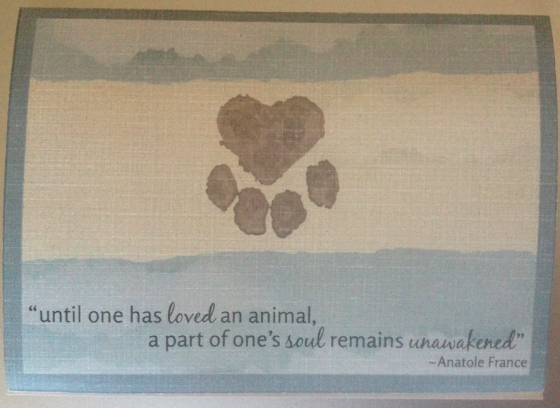
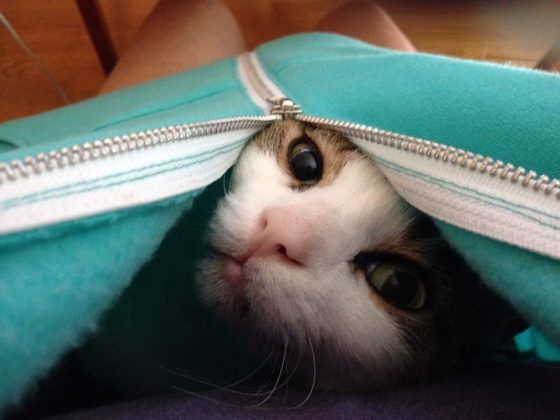
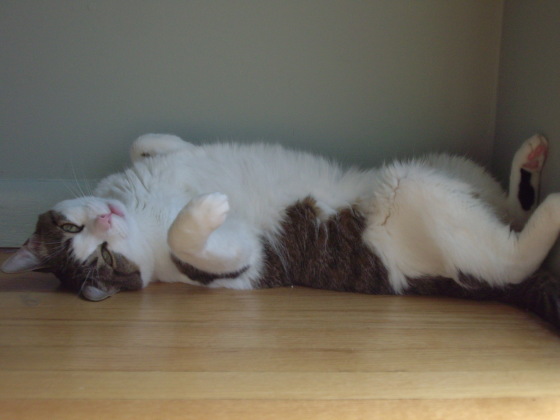
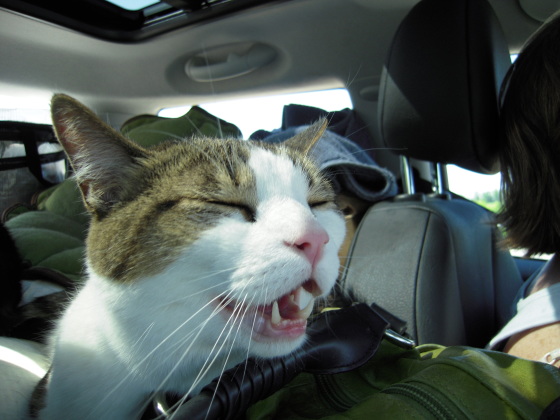
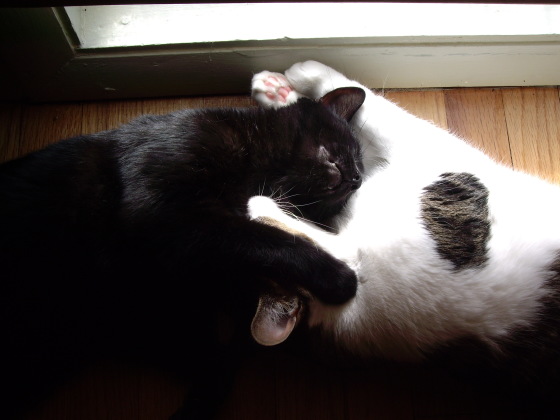
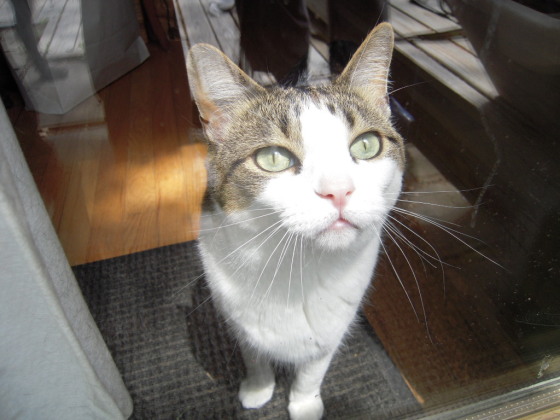
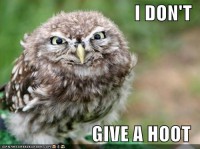


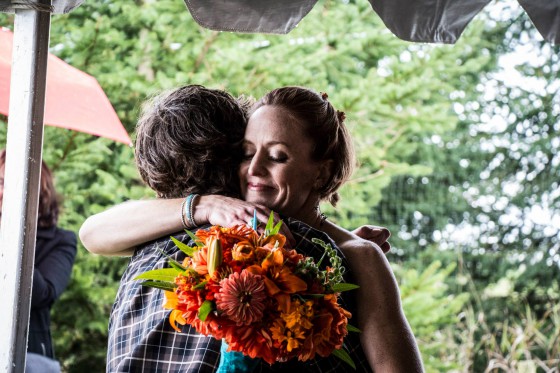
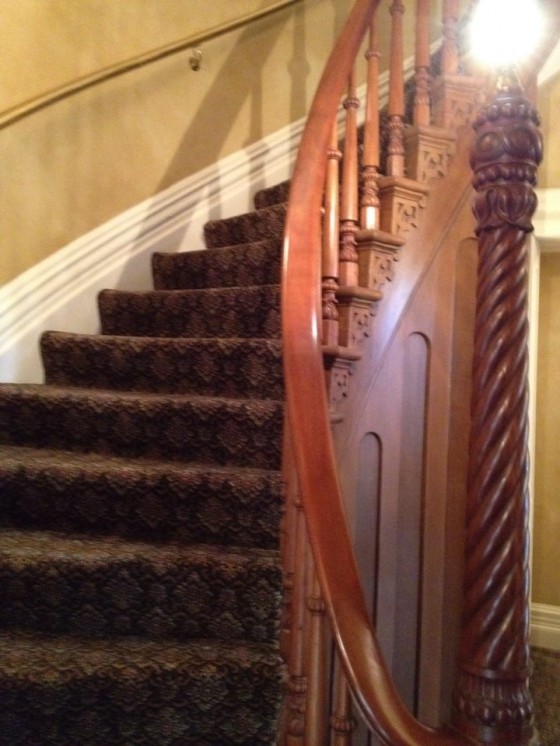 room for our wedding night. The room was located at the top of a winding set of stairs. I surrendered my hope of arriving there. "Let's just go home," I sighed to my partner. We were going to do no such thing he informed me gently. He gingerly hoisted me over his shoulder and carried my whimpering self to our sought-after destination. This feminist never imagined being carried across a threshold on my wedding night. Alas, the universe had other plans for me.
room for our wedding night. The room was located at the top of a winding set of stairs. I surrendered my hope of arriving there. "Let's just go home," I sighed to my partner. We were going to do no such thing he informed me gently. He gingerly hoisted me over his shoulder and carried my whimpering self to our sought-after destination. This feminist never imagined being carried across a threshold on my wedding night. Alas, the universe had other plans for me.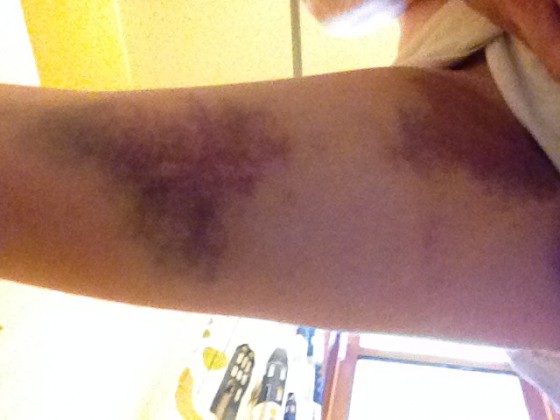 Turning loving attention toward my experience remains an ever challenging practice. This particular episode continues to represent what one of my mentors calls (and don't read on if swearing offends you) "another fucking growth opportunity." But I am growing. I keep thinking about the many moments during my wedding day when I felt connection, beautifully defined by
Turning loving attention toward my experience remains an ever challenging practice. This particular episode continues to represent what one of my mentors calls (and don't read on if swearing offends you) "another fucking growth opportunity." But I am growing. I keep thinking about the many moments during my wedding day when I felt connection, beautifully defined by 